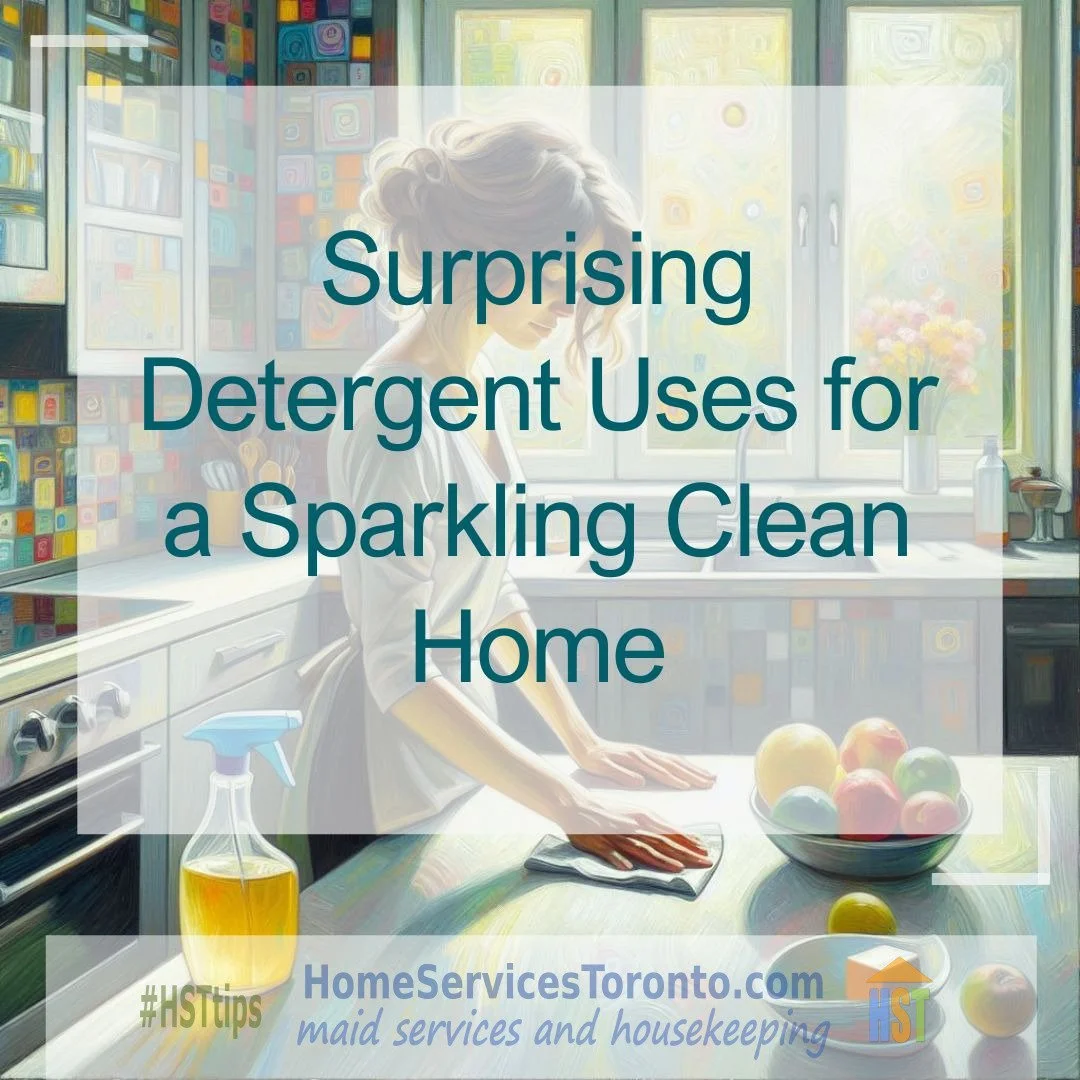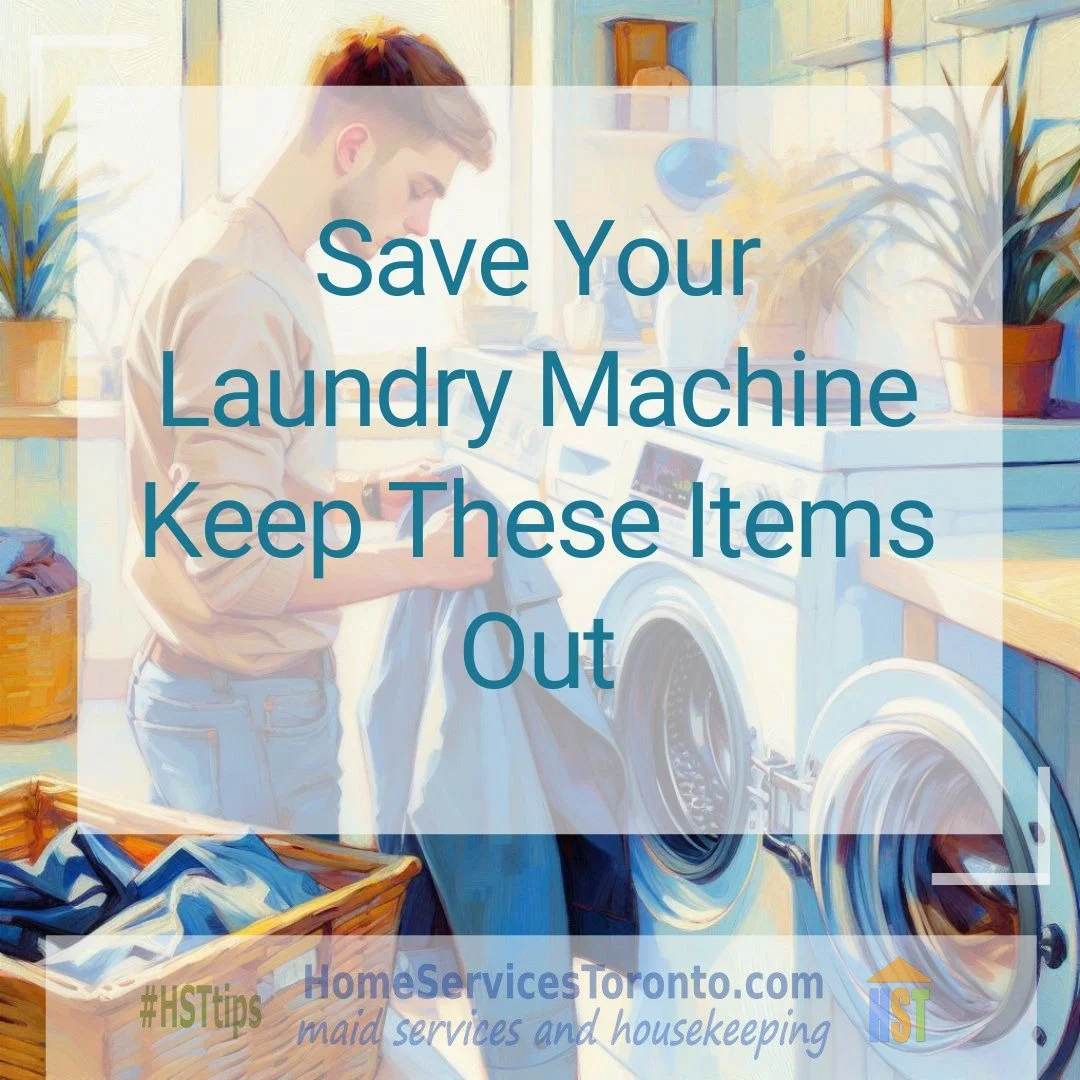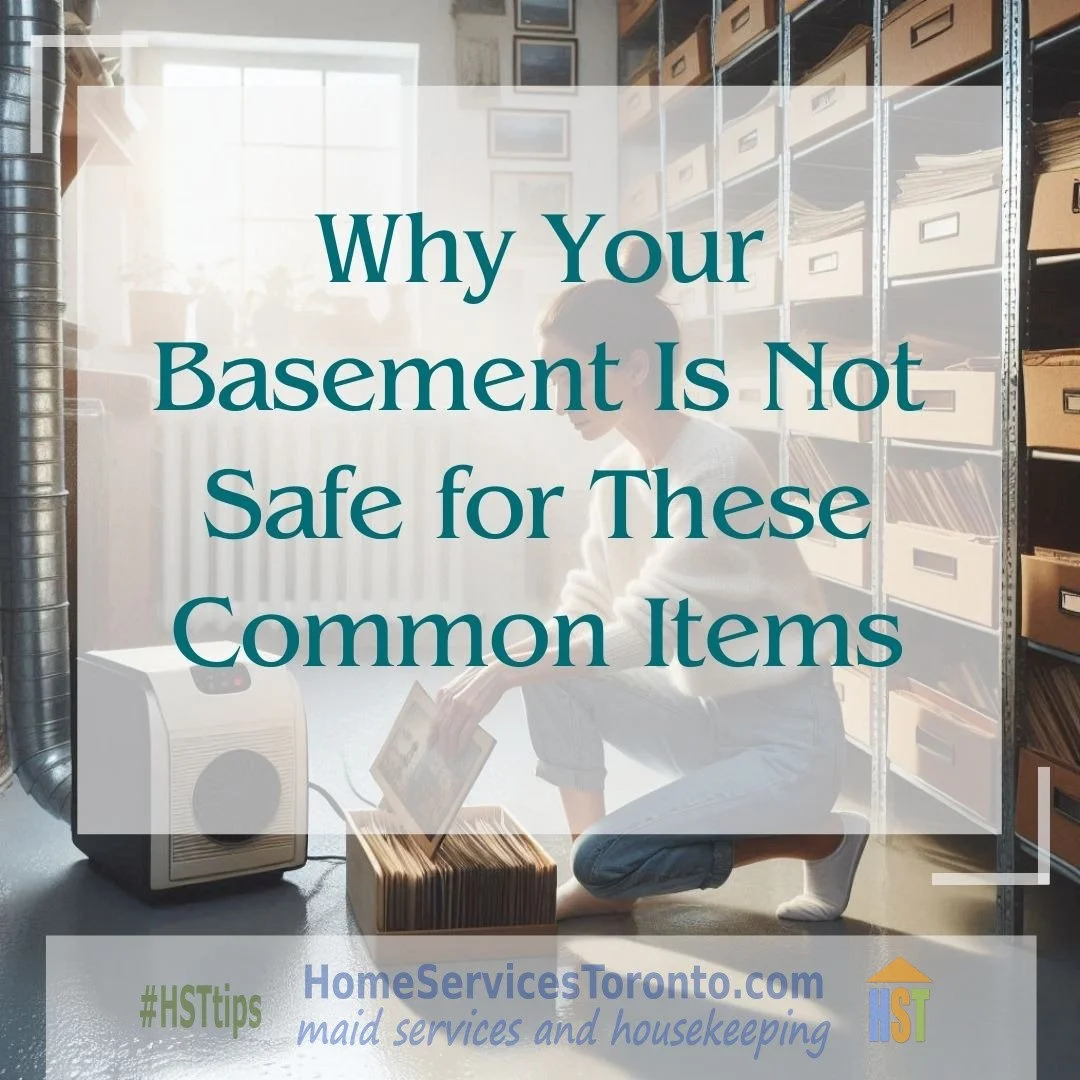
Easy Ways To Remove Grease Stains From Any Fabric Fast
Grease stains can ruin clothes fast if they are not handled properly. This guide walks through proven ways to remove grease stains from any fabric using simple household solutions. We cover fast action tips, fabric specific methods, and common mistakes that set stains permanently. You will learn how to use dish soap, baking soda, and water the right way. These techniques save time and extend the life of your clothes. The goal is clean fabrics without frustration.

Easy Ways to Wash Pillows Safely and Keep Them Soft and Fresh
Clean pillows make a real difference in sleep quality and overall bedroom hygiene. This guide walks through safe, effective ways to wash pillows without damaging their shape or comfort. We cover different pillow materials, proper washing techniques, and smart drying methods that keep pillows fluffy. You will also learn how often to wash pillows and when it is time to replace them. Simple habits and practical tips help extend pillow life. The result is fresher, softer pillows that support better sleep.

Dryer Vent Cleaning Tips To Keep Your Home Safe And Fresh
Dryer vent cleaning plays a crucial role in protecting your home and improving indoor comfort. Lint buildup can restrict airflow, increase fire risk, and leave clothes smelling less fresh. Regular maintenance helps dryers run efficiently and last longer. This guide breaks down practical dryer vent cleaning tips that homeowners can follow with confidence. From safety signs to professional services, we cover what matters most. A cleaner vent means a safer, fresher home.

Protect Your Plumbing by Avoiding These Drain Mistakes
This guide breaks down the most common drain mistakes that slowly destroy plumbing systems. We cover everyday kitchen and bathroom habits that cause hidden damage. You will learn how grease, hair, wipes, and food waste lead to major clogs over time. We also explain outdoor and structural issues that affect underground pipes. Simple maintenance tips and safer alternatives help protect your drains long term. This is a practical roadmap to stronger, healthier plumbing without costly repairs.

Stop Houseflies Fast with Smart Cleaning and Prevention Tips
Houseflies are more than a nuisance, they spread bacteria and can multiply fast if small attractants are left unchecked. This article explains how simple daily cleaning habits, correct waste handling, and sealing entry points can reduce fly activity quickly. You will learn which natural repellents and safe chemical options work best and where to place traps for maximum effect. Follow the seasonal and outdoor routines provided to keep your home housefly free long term. Practical, step by step advice makes it easy to protect your family and keep your home comfortable.

Easy 10 Minute Organizing Tips to Refresh Your Home Vibe
This article delivers practical ten-minute organizing tips that make a real difference fast. You will learn daily reset routines, kitchen and living room shortcuts, quick bedroom and bathroom refreshes, and simple maintenance habits that stick. Each section breaks actions into bite sized steps so you can refresh your home without a full weekend. The approach focuses on small consistent wins that change the feel of your space and reduce stress. Start with one ten-minute task today and build momentum.

Professional secrets to remove scratches from hardwood floors
Removing scratches from hardwood floors does not have to be stressful or expensive. This guide breaks down how professionals evaluate scratch depth and select the right repair method. You will learn why different finishes affect scratch visibility and what tools deliver the cleanest results. From quick touch ups to deeper refinishing fixes, we show you how experts restore floors with precision. With the right strategies, your hardwood can stay beautiful and protected long term.

Little-known causes of dust in clean homes
Even spotless homes gather dust faster than expected. From fabrics and HVAC systems to pets and daily habits, hidden dust sources exist in every corner. Learn the science behind dust buildup and how smart cleaning, proper filtration, and small lifestyle changes can dramatically cut down on particles for a cleaner, fresher home.

Clean Your Toilet Fast with These Smart Tips
A spotless toilet doesn’t have to take ages. Learn how to clean your toilet fast using practical methods, smart tools, and everyday habits that keep your bathroom fresh and germ-free. From the right products to quick maintenance tricks, this guide simplifies toilet cleaning without cutting corners.

Toss These 7 Kitchen Tools for a Cleaner Home
Your kitchen might look clean, but some of your most-used tools could be spreading germs and clutter. From scratched pans to old sponges, many household items quietly ruin hygiene and efficiency. This guide breaks down seven kitchen tools you should toss today to create a cleaner, safer, and better-organized home. Learn which items are holding you back and how replacing them transforms your kitchen.

Surprising Detergent Uses for a Sparkling Clean Home
Most people see detergent as just for laundry, but it’s actually one of the most versatile cleaning tools in your home. With the right mix, detergent can cut grease in the kitchen, refresh upholstery, and even clean outdoor furniture. It’s gentle, affordable, and surprisingly powerful when used smartly. Learn how to unlock the full cleaning potential of laundry detergent in every room.

Make Towels Feel Like Hotel Luxury with One Easy Wash
Want your towels to feel like they came straight from a five-star hotel? This guide shows you the simple one-wash trick that restores softness, boosts absorbency, and removes years of buildup. Learn how to use vinegar and baking soda to reset your towels and keep them fresh and fluffy. With a few easy tweaks to your laundry routine, you’ll never settle for rough, stiff towels again.

Save Your Laundry Machine Keep These Items Out
Many people unknowingly damage their washing machines by tossing in the wrong items. Coins, zippers, bleach, and even pet hair can shorten its life and cause costly repairs. This guide explains what to avoid and offers smart habits to keep your washer running smoothly. Learn how to protect your appliance, save money, and extend its lifespan. Simple changes make a big difference in long-term machine care.

What You Should Never Do During Home Cleaning
Many people make the same mistakes during home cleaning without realizing how harmful they can be. Mixing chemicals, skipping ventilation, or using the wrong tools may seem small but they create big problems over time. This article breaks down what you should never do while cleaning and offers safer alternatives. From protecting your health to preserving your home, these tips cover all the bases. Avoiding common cleaning errors ensures a healthier and more effective cleaning routine.

Quick Ways to Eliminate Mold and Mildew in Bathrooms
Mold and mildew are common bathroom problems that thrive in damp and humid spaces. Left unchecked, they damage surfaces and trigger health issues. This guide explores simple household solutions like vinegar, baking soda, and hydrogen peroxide, as well as prevention methods to stop mold from coming back. From quick fixes to deep cleaning and knowing when to call professionals, we cover everything you need to keep your bathroom fresh and healthy. Say goodbye to mold and mildew with these practical steps.

Computer screen cleaning made simple and effective
Keeping your computer screen clean isn’t just about looks, it’s about performance and comfort. Dust and smudges reduce clarity, cause eye strain, and shorten your device’s lifespan. With the right tools and safe techniques, you can achieve a streak-free finish every time. Learn how to avoid common mistakes, use the proper cleaning solutions, and maintain a spotless display. Simple habits can keep your screen clearer for longer, giving you the best possible viewing experience.

Restore Faded Clothes with These Easy Home Tips
Learn practical and affordable ways to restore faded clothes using simple home remedies. Keep your fabrics vibrant with easy washing, drying, and storage tips.

Avoid These Common Garbage Disposal Mistakes
Garbage disposals are useful but often misused. Learn the most common garbage disposal mistakes, how to prevent them, and keep your kitchen running smoothly.

Why Your Basement Is Not Safe for These Common Items
Basements seem convenient, but moisture, temperature swings, pests, and fumes quietly destroy paper keepsakes, clothing, electronics, food, furniture, and chemicals. Learn what not to store downstairs and where to keep these items safe instead.

Declutter Like a Pro with These Room-by-Room Tips
This practical guide walks through each room with a clear plan, simple sorting rules, and quick resets that stick. We show how to streamline entryways, clear living room surfaces, tame kitchens and pantries, edit closets, and organize bathrooms, offices, and storage zones. Expect actionable checklists, maintenance habits, and smart storage ideas that cut cleaning time and keep clutter from creeping back. Use it to build momentum and keep your home calm, functional, and easy to live in.
